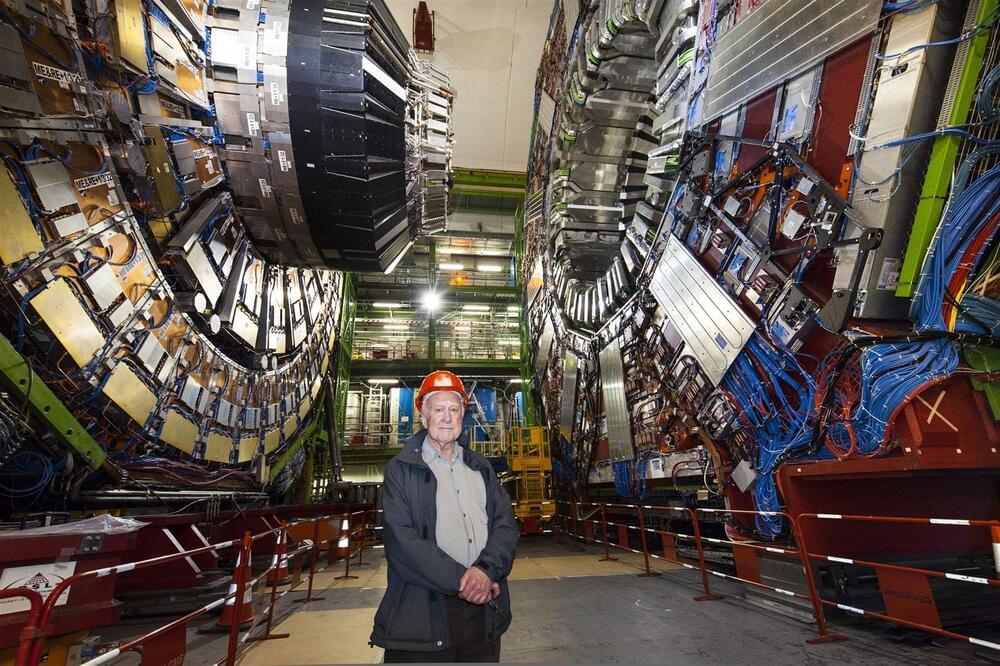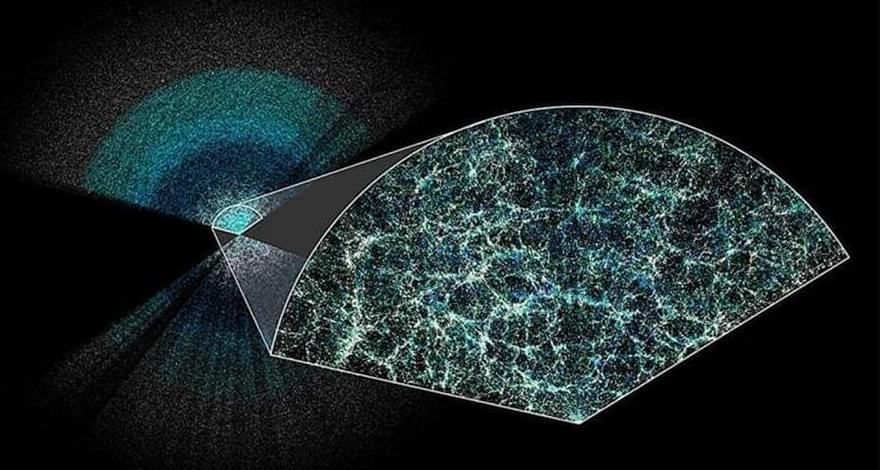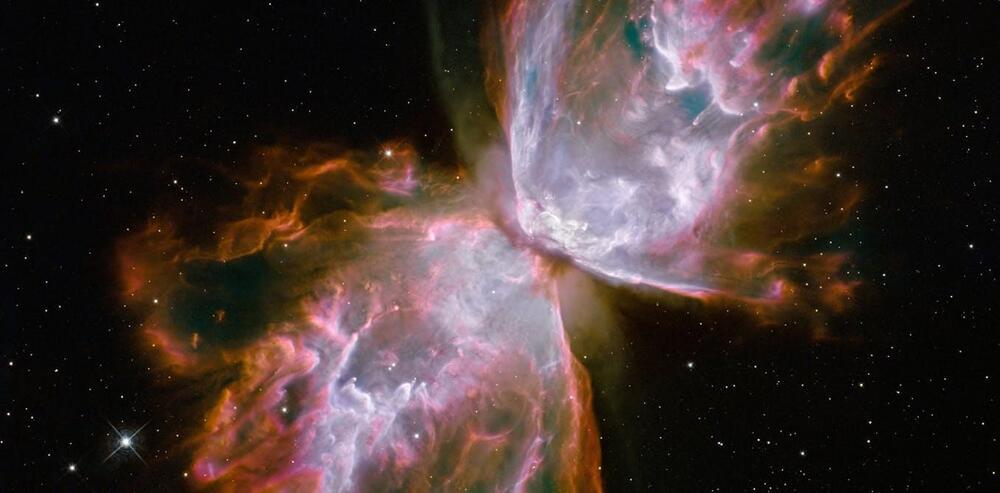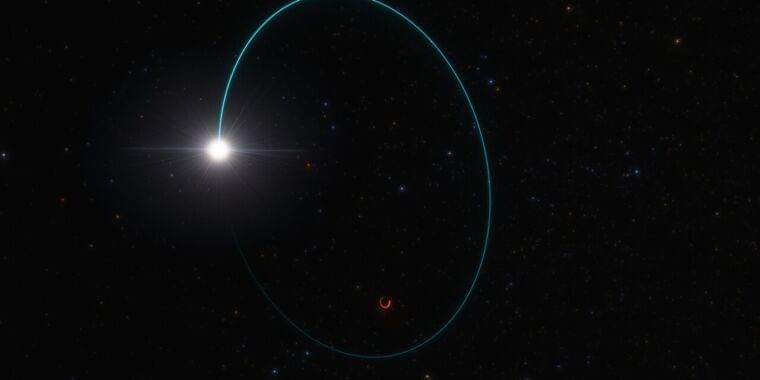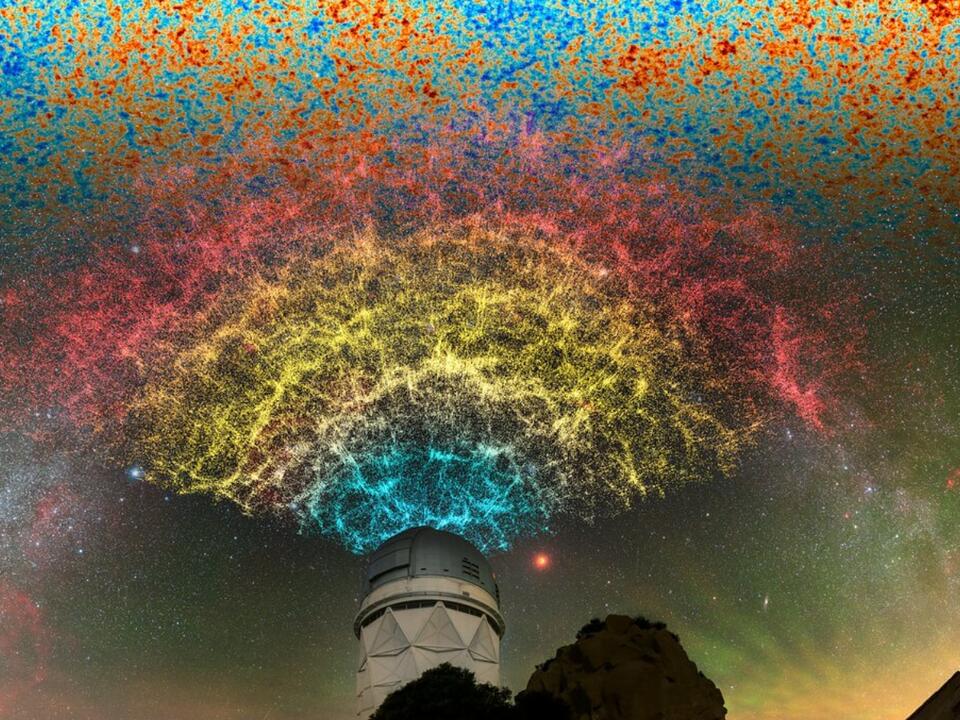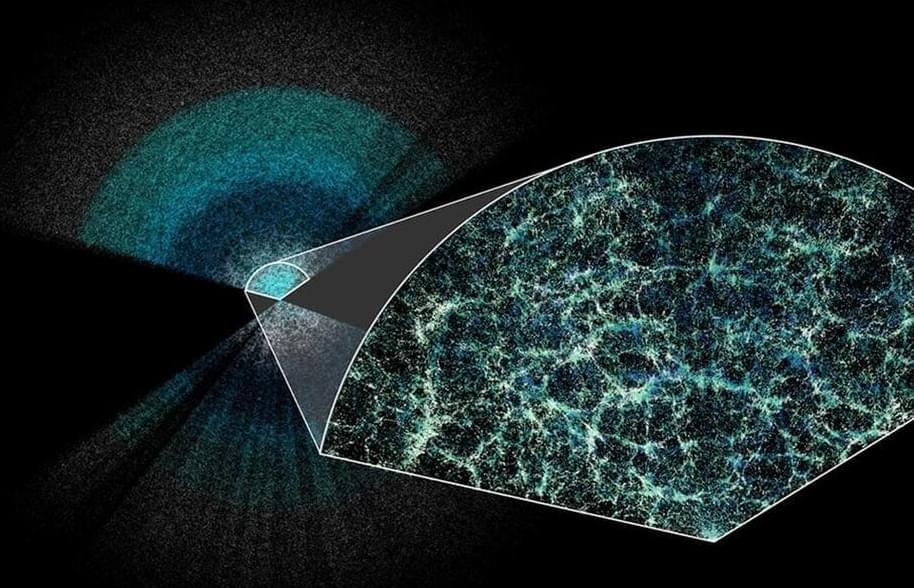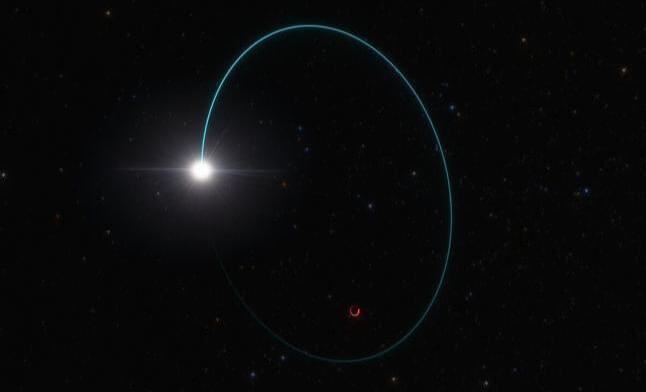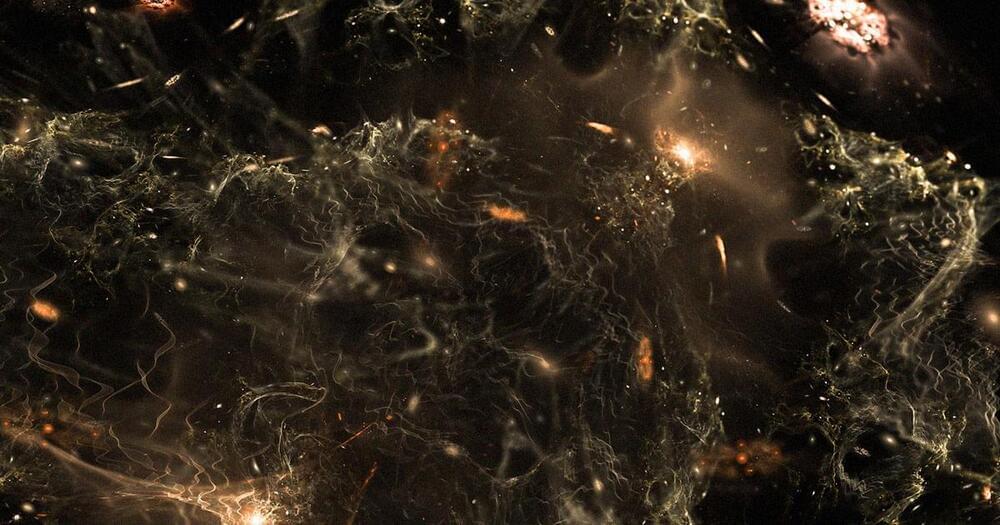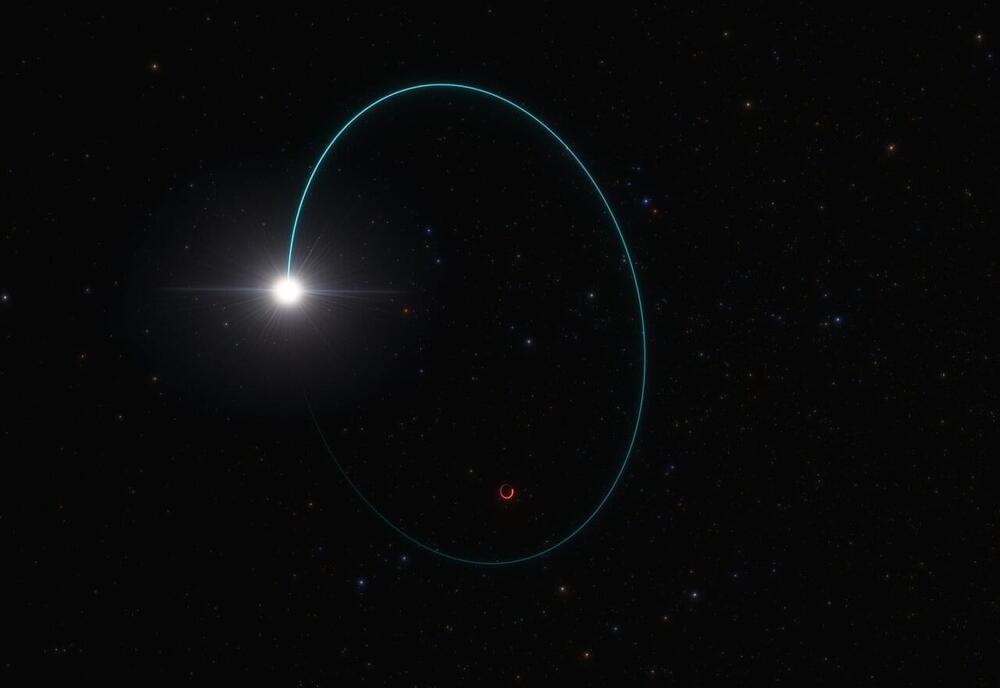Peter Higgs, pivotal in the discovery of the “God Particle,” has died at the age of 94. His groundbreaking work, for which he received a Nobel Prize, laid the foundation for understanding the universe’s fundamental structure and continues to guide current and future research in particle physics.
Peter Higgs has passed away at the age of 94. An iconic figure in modern science, Higgs in 1964 postulated the existence of the eponymous Higgs boson. Its discovery at CERN in 2012 was the crowning achievement of the Standard Model ℠ of particle physics – a remarkable theory that explains the visible universe at the most fundamental level.
Alongside Robert Brout and François Englert, and building on the work of a generation of physicists, Higgs postulated the existence of the Brout-Englert-Higgs (BEH) field. Alone among known fundamental fields, the BEH field is “turned on” throughout the universe, rather than flickering in and out of existence and remaining localized. Its existence allowed matter to form in the early universe some 10-11 s after the Big Bang, thanks to the interactions between elementary particles (such as electrons and quarks) and the ever-present BEH field. Higgs and Englert were awarded the Nobel Prize for physics in 2013 in recognition of these achievements.
